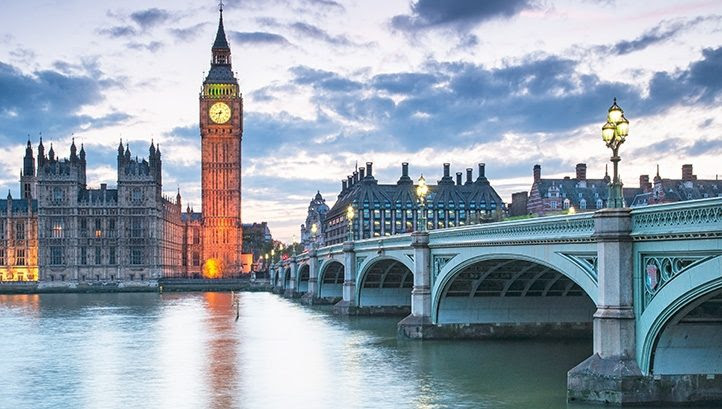WOBO thanks ‘eddie’ for a selection of their energy updates

Net Zero Growth Plan
36 things you need to know about the Government’s response to the Skidmore Net-Zero Review -That is according to the International Renewable Energy Agency (IRENA), which has this week published a preview for this year’s edition of its annual World Energy Transitions Outlook.
The Outlook assesses the scale and pace of the energy transition so far and compares this to a transition that would be aligned with global net-zero by 2050, along the Paris Agreement’s 1.5C temperature pathway. Climate scientists agree that warming beyond this point will create a future that is ‘unliveable’ for billions of people – at least 3.3 billion by 2100 in a pathway exceeding 2C.
According to IRENA, around $0.5trn was invested in renewables in 2022. But in its 1.5C-aligned scenario, annual investment is at least triple this level.
The new report also outlines that investment in renewables is fairly concentrated within a select few markets, including Europe, the US and China. Africa, meanwhile, accounted for just 1% of newly installed renewable energy capacity in 2022. IRENA is emphasising the need for a more rapid and steep increase in investment in the global south going forward.
The Net-Zero Growth Plan has been published, 30 March, marking Green Day, which acts as the Government’s official response to the Independent Review on the Net-Zero Strategy, which was led by Chris Skidmore. That Review detailed 129 recommendations across key sectors such as the built environment, renewable energy, green finance and nature.
The new document also fulfils a statutory obligation to respond to the Climate Change Committee’s (CCC’s) 2022 Progress Report to Parliament; and details a carbon budget delivery update. The Government also claims the 126-page report will outline what steps will be introduced to “strengthen the delivery” of the UK’s net-zero goal.
There has been a flurry of announcements, including new Green Finance and Energy Security strategies, and it can be hard to keep up with what the Government is actually announcing. Indeed, Carbon Brief has found that 44 documents have been published on Green Day, consisting of more than 2,840 pages. Check out their handy cheat sheet with links to every document here.
One of the documents published today is a 67-page response to the Skidmore Review, covering each of the 129 recommendations and what the Government plans to do moving forward. Here, edie rounds up the key changes.

EU countries approve ban on sale of new petrol and diesel cars from 2035
The vote ensures that currently dominant combustion engine technology will be replaced mainly with electric vehicles (EVs) in the coming decades, slashing the carbon footprint of Europe’s road transport.
Under the regulation, new cars must achieve 55% CO2 emission reductions from 2030 to 2034 compared to 2021, while vans must achieve a 50% reduction.
From 2035, all cars and vans sold in the EU must have 100% CO2 emission reductions.
The regulation maintains a derogation for small-volume manufacturers, such as certain sports car brands, which exempts them from meeting the interim CO2 reductions until the end of 2035.
“The new rules will bring opportunities for cutting-edge technologies and create the momentum for industry to invest in a fossil-free future,” said Romina Pourmokhtari, the climate minister for Council Presidency holder Sweden.
EU climate chief Frans Timmermans praised the vote, saying that the EU “has taken an important step towards zero-emission mobility.”
“The direction is clear: in 2035, new cars and vans must have zero emissions. It brings a big contribution to climate neutrality by 2050 and is a key part of the EU Green Deal,”

IRENA: Investment in renewable energy must more than triple to keep 1.5C alive
That is according to the International Renewable Energy Agency (IRENA), which has this week published a preview for this year’s edition of its annual World Energy Transitions Outlook.
The Outlook assesses the scale and pace of the energy transition so far and compares this to a transition that would be aligned with global net-zero by 2050, along the Paris Agreement’s 1.5C temperature pathway. Climate scientists agree that warming beyond this point will create a future that is ‘unliveable’ for billions of people – at least 3.3 billion by 2100 in a pathway exceeding 2C.
According to IRENA, around $0.5trn was invested in renewables in 2022. But in its 1.5C-aligned scenario, annual investment is at least triple this level.
The new report also outlines that investment in renewables is fairly concentrated within a select few markets, including Europe, the US and China. Africa, meanwhile, accounted for just 1% of newly installed renewable energy capacity in 2022. IRENA is emphasising the need for a more rapid and steep increase in investment in the global south going forward.
